October 3, 2021
The volcanic craters around Mono Lake formed between 40,000 and 650 years ago, making them the youngest mountain range in North America. Panum Crater formed just 650 years ago when magma rose toward the earth’s surface. It superheated water in the water table caused explosions, blowing out rocks and debris and leaving the crater. Pumice and ash shot into the sky, fell back, and formed a ring. Thick lava at the center formed a dome which hardened and cracked and then was pushed aside by additional lava. Some lava squeezed through these cracks forming spires which eventually toppled into rocky debris.
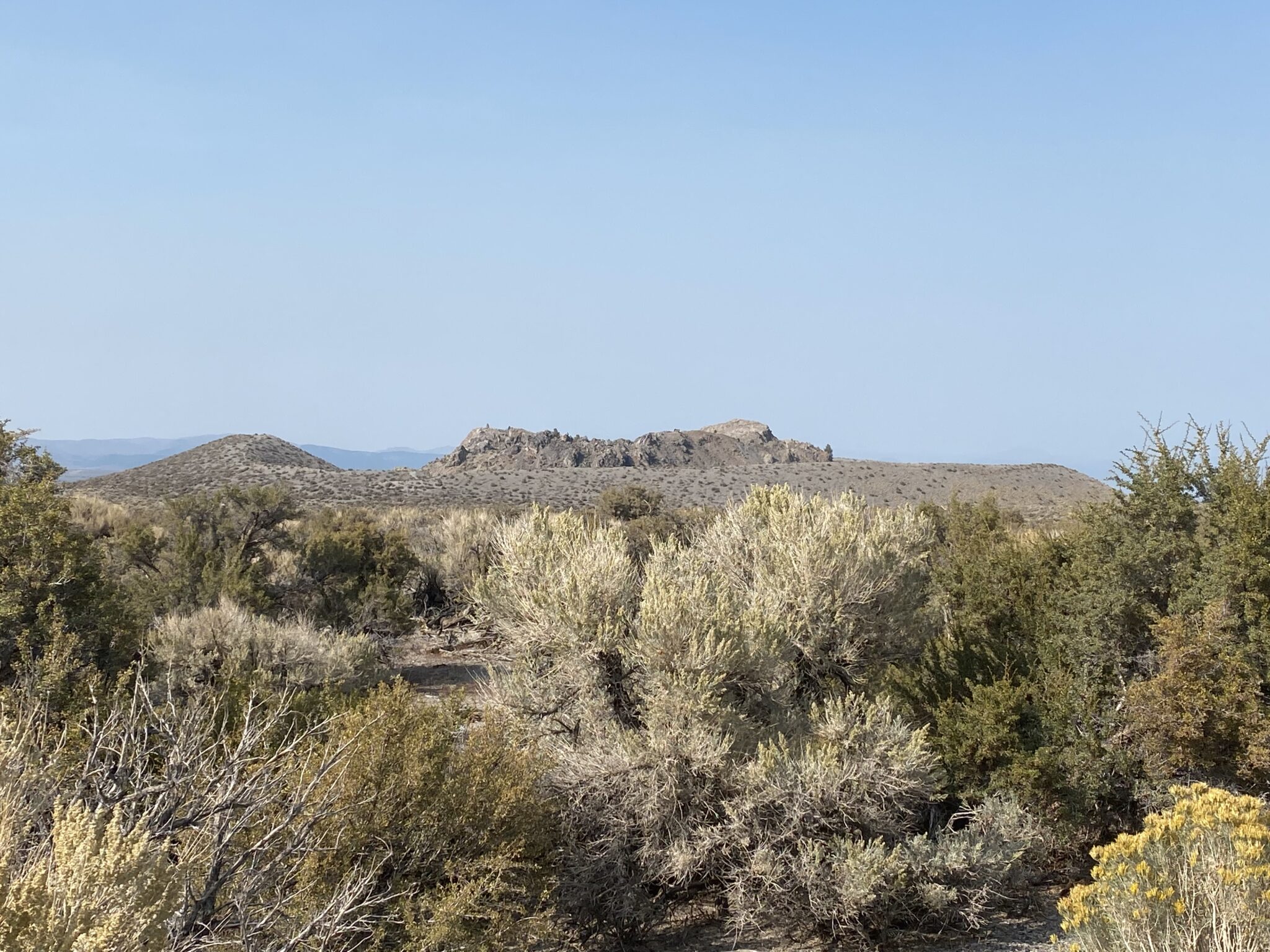

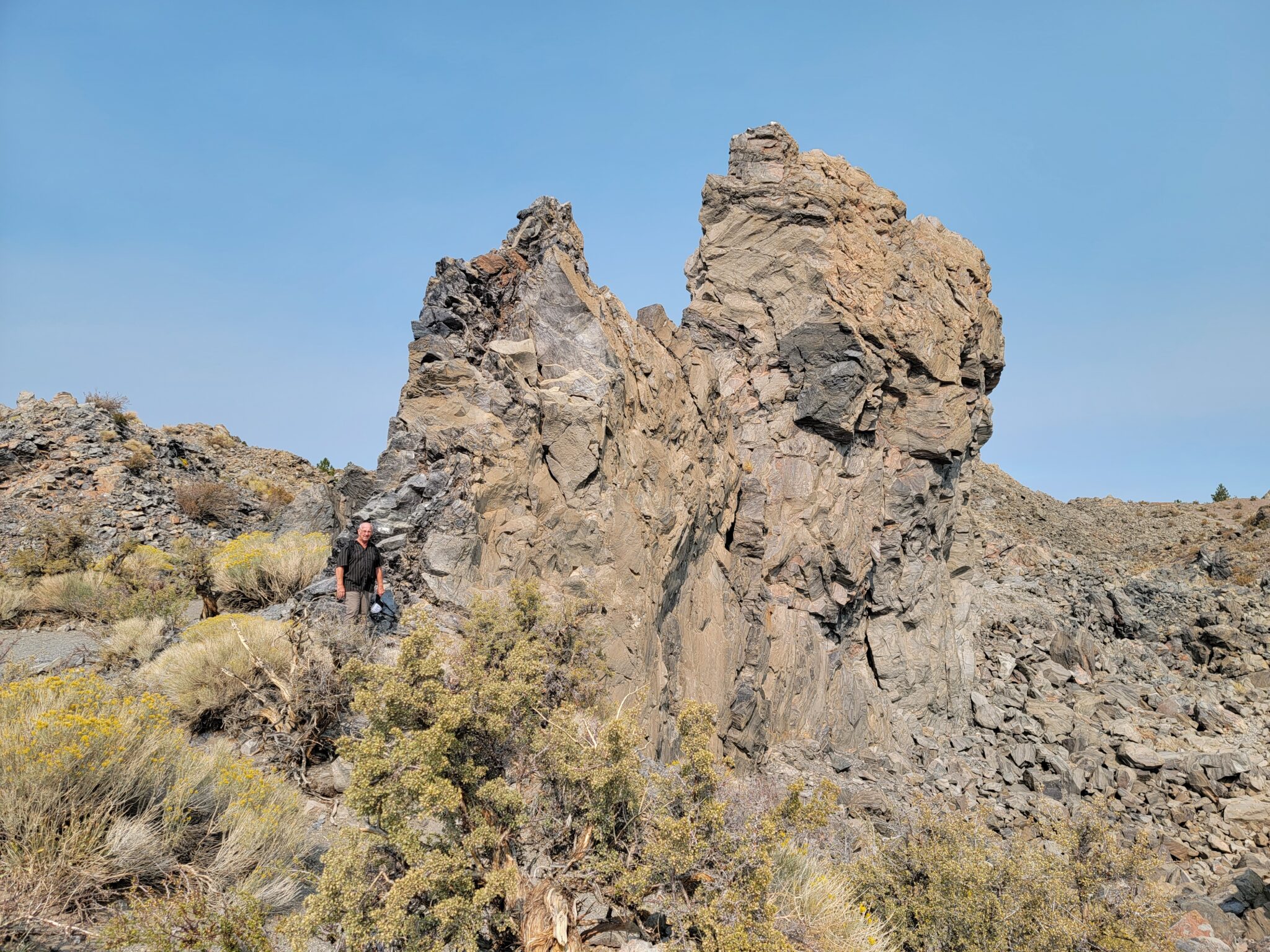
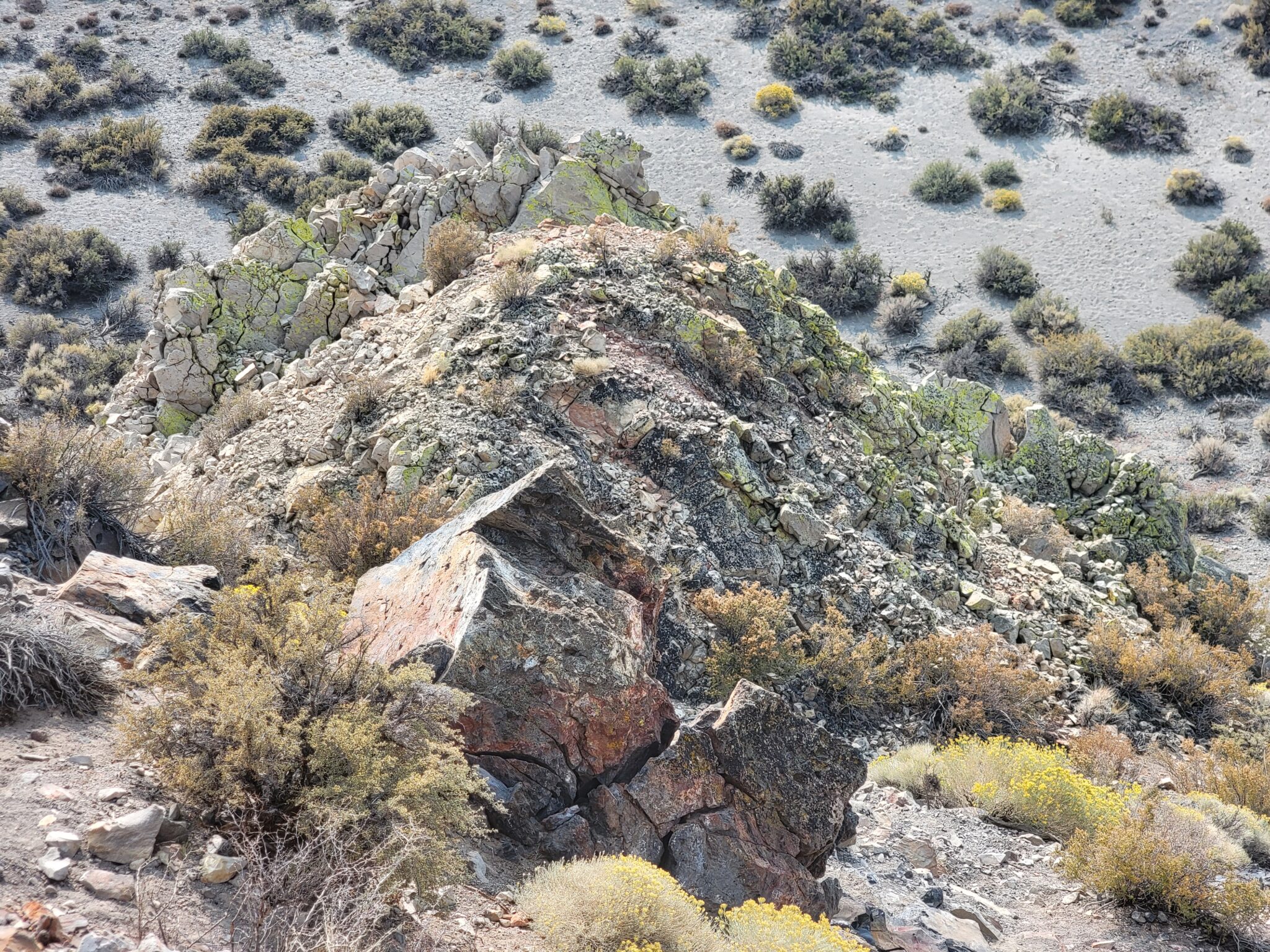
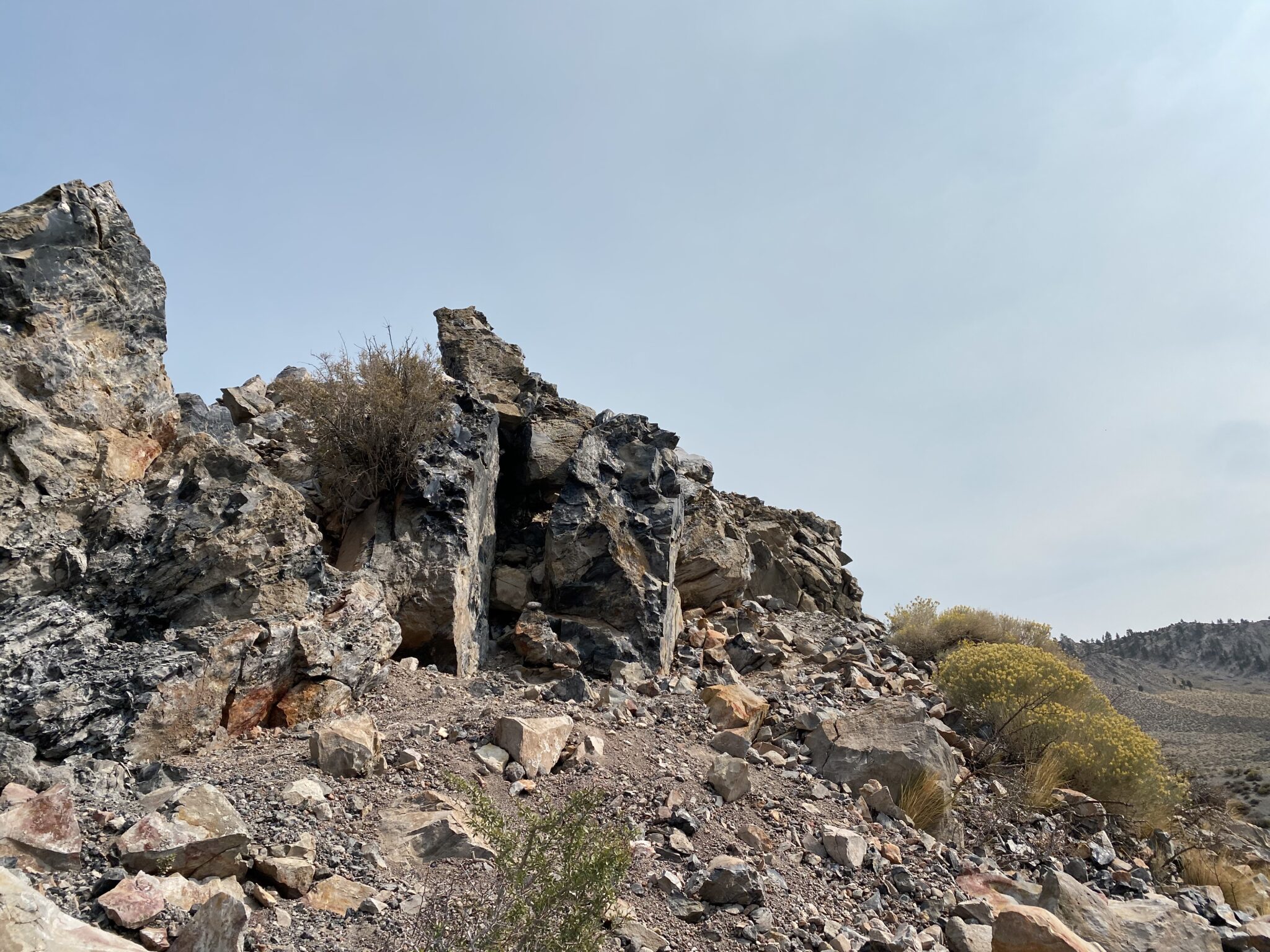
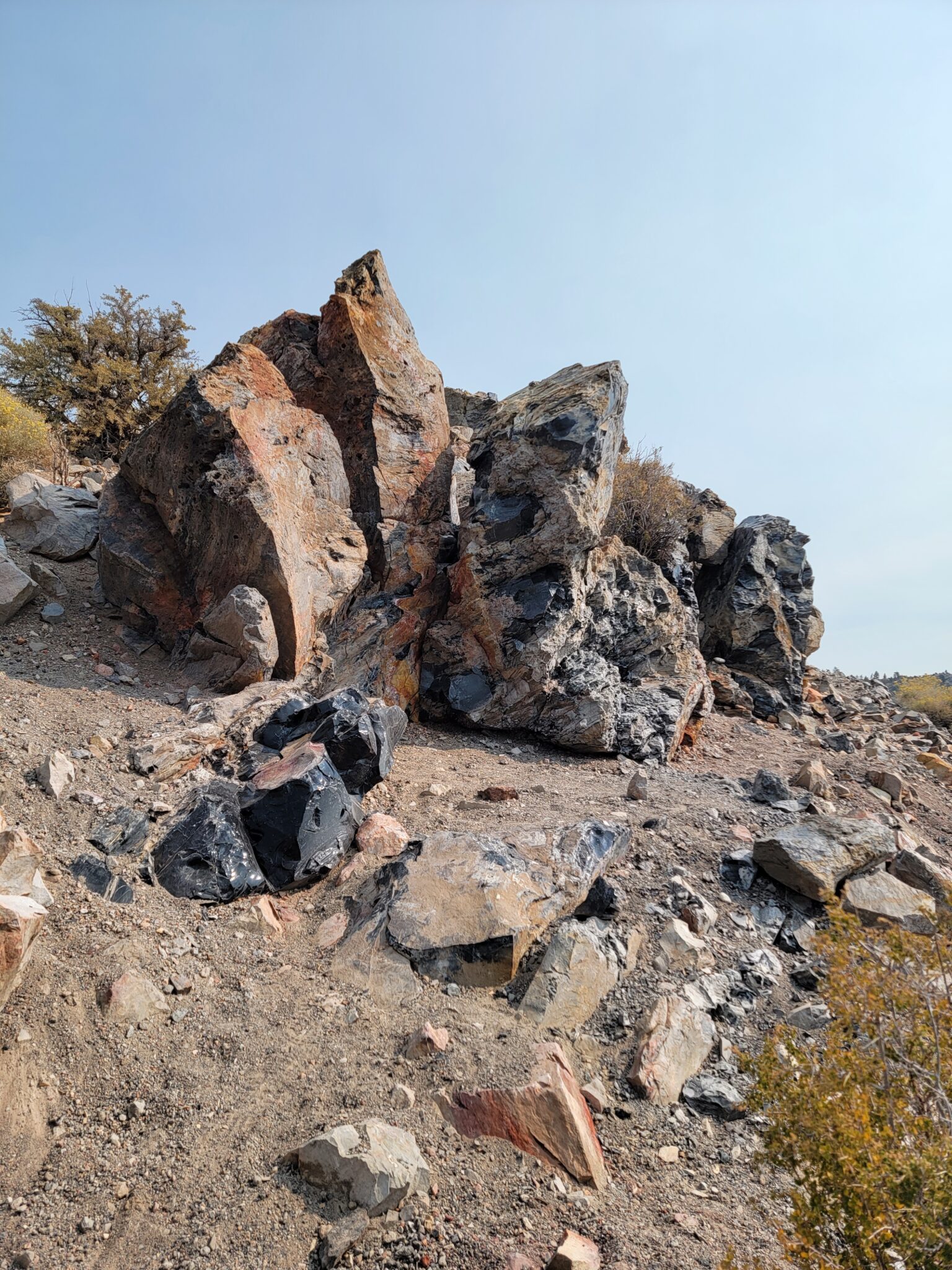
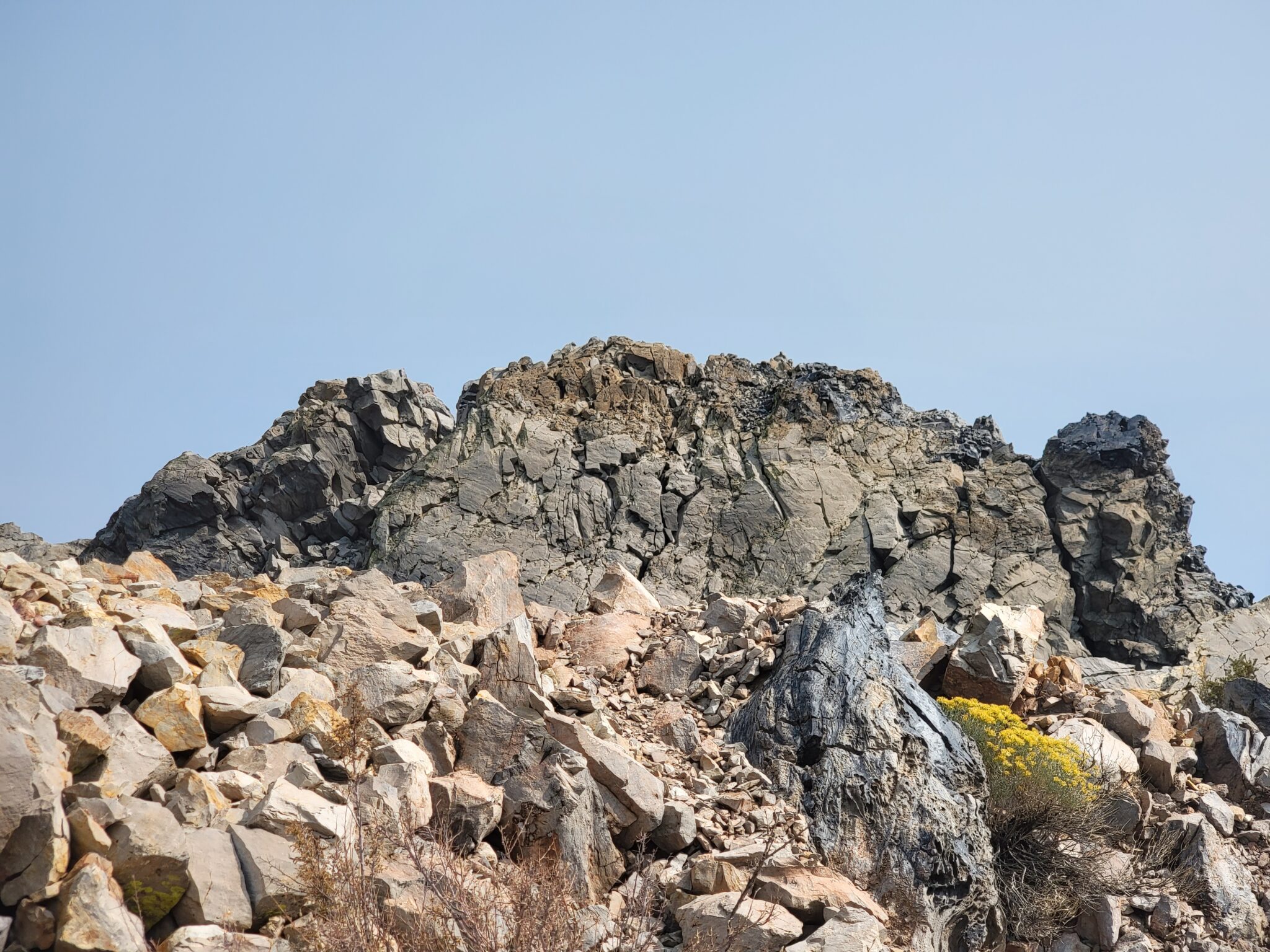
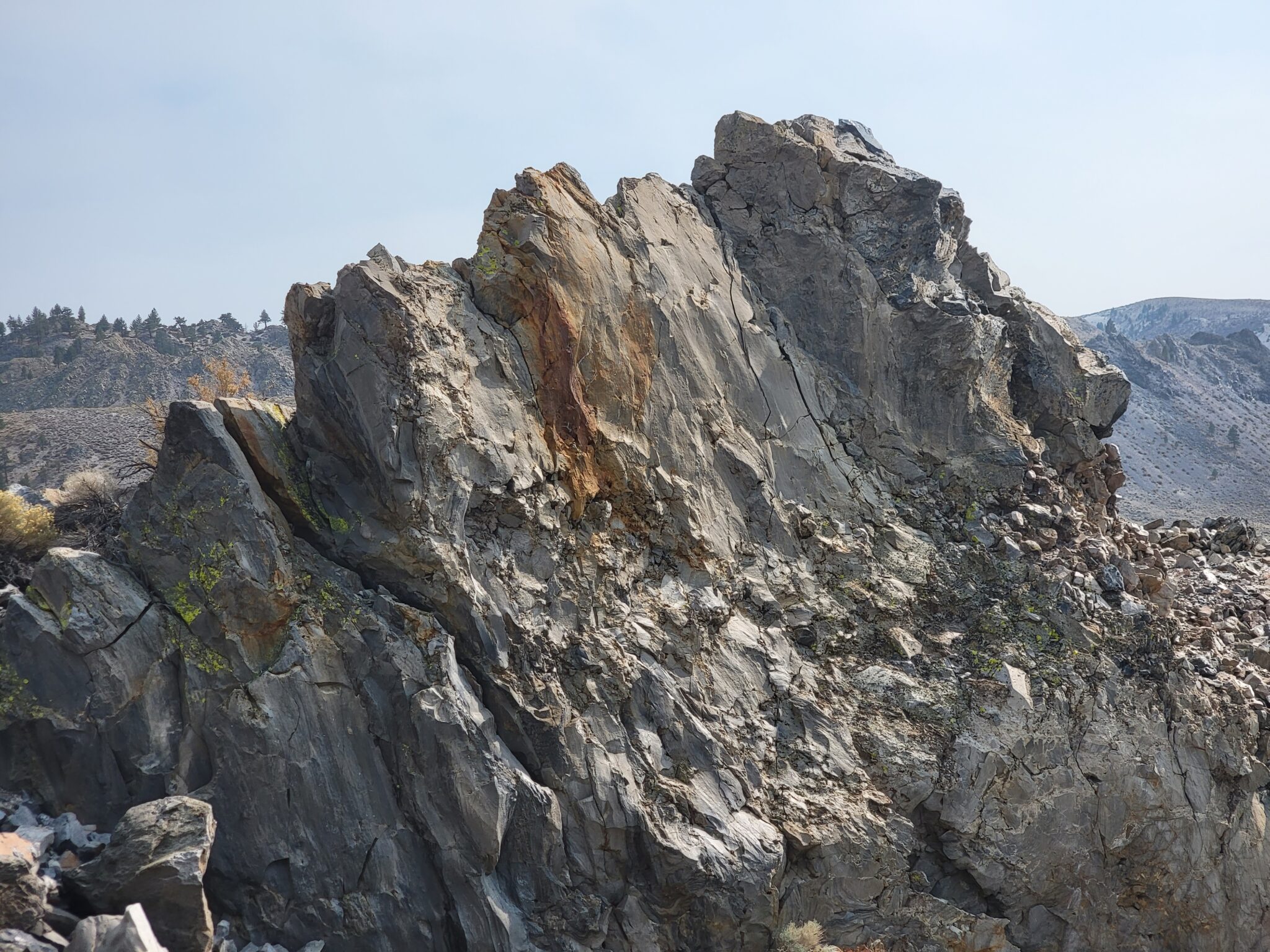
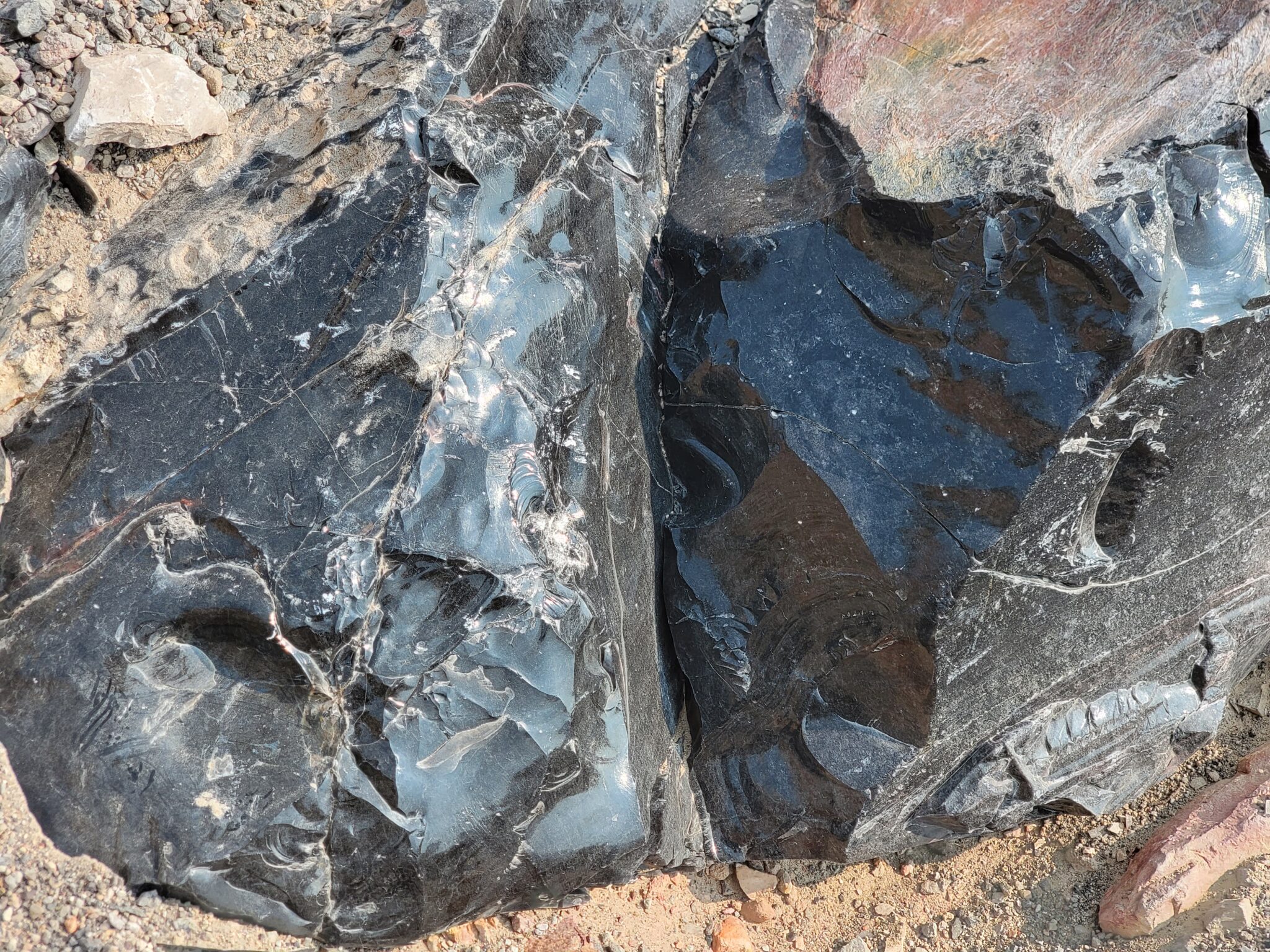
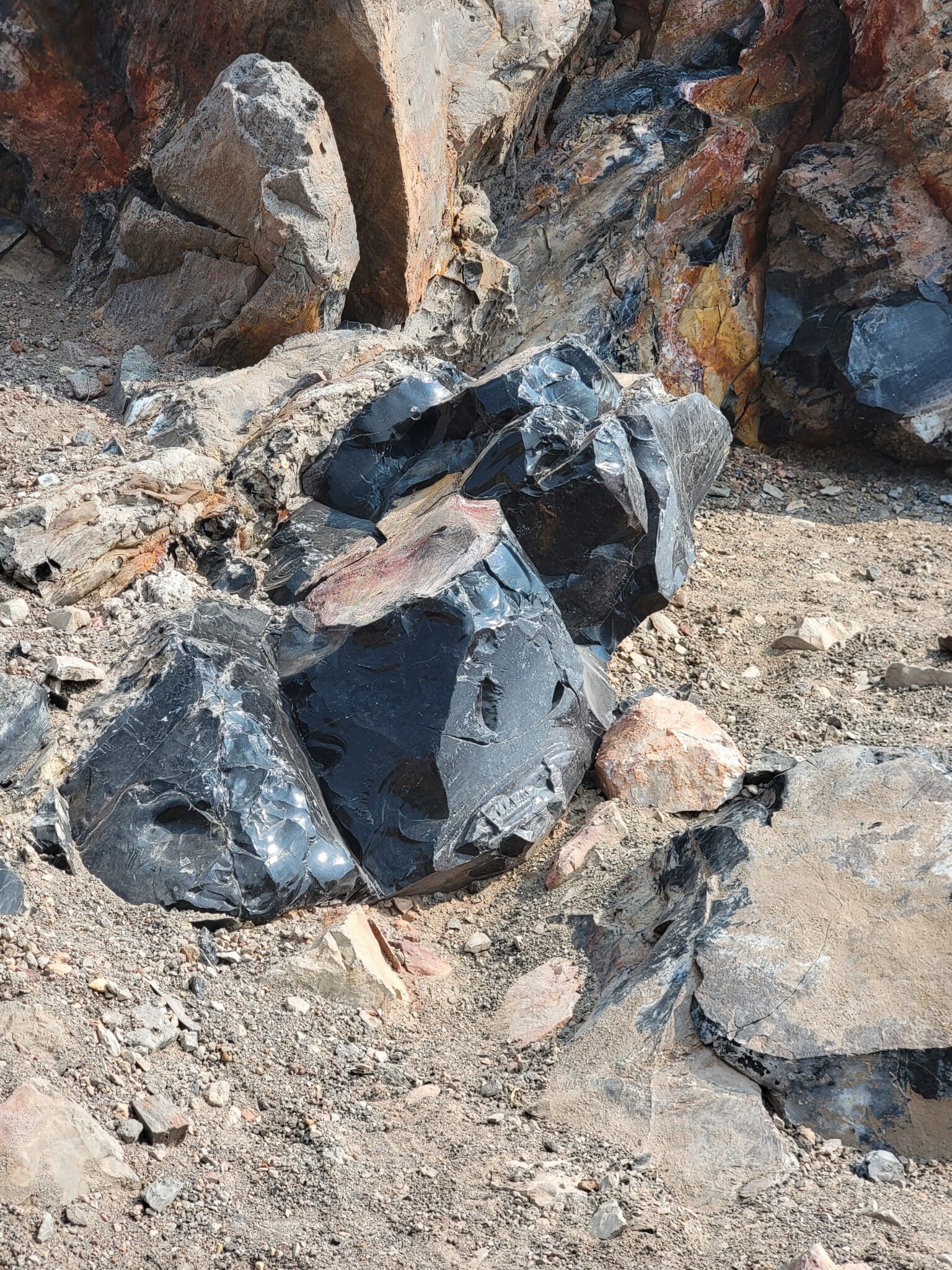
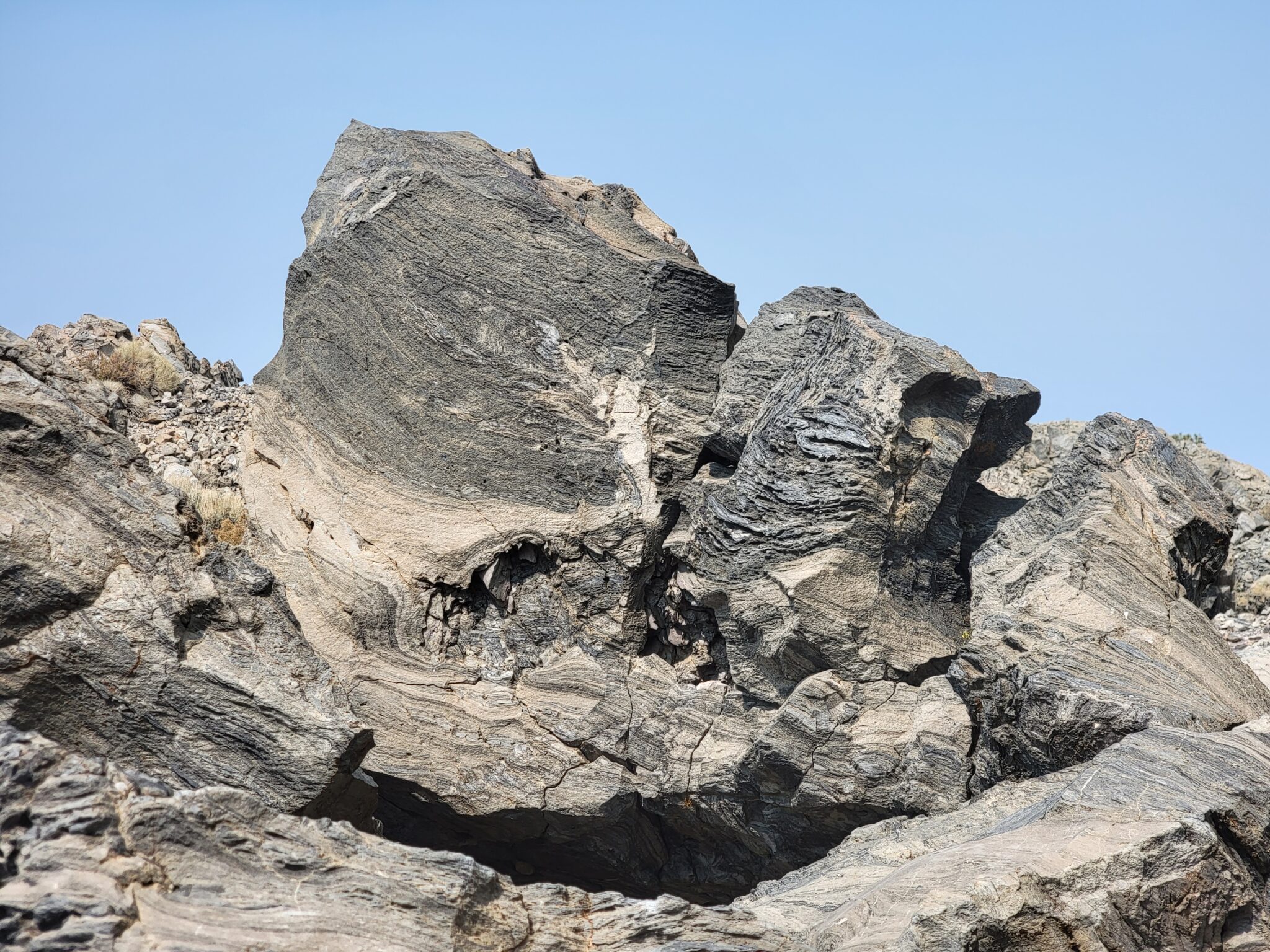
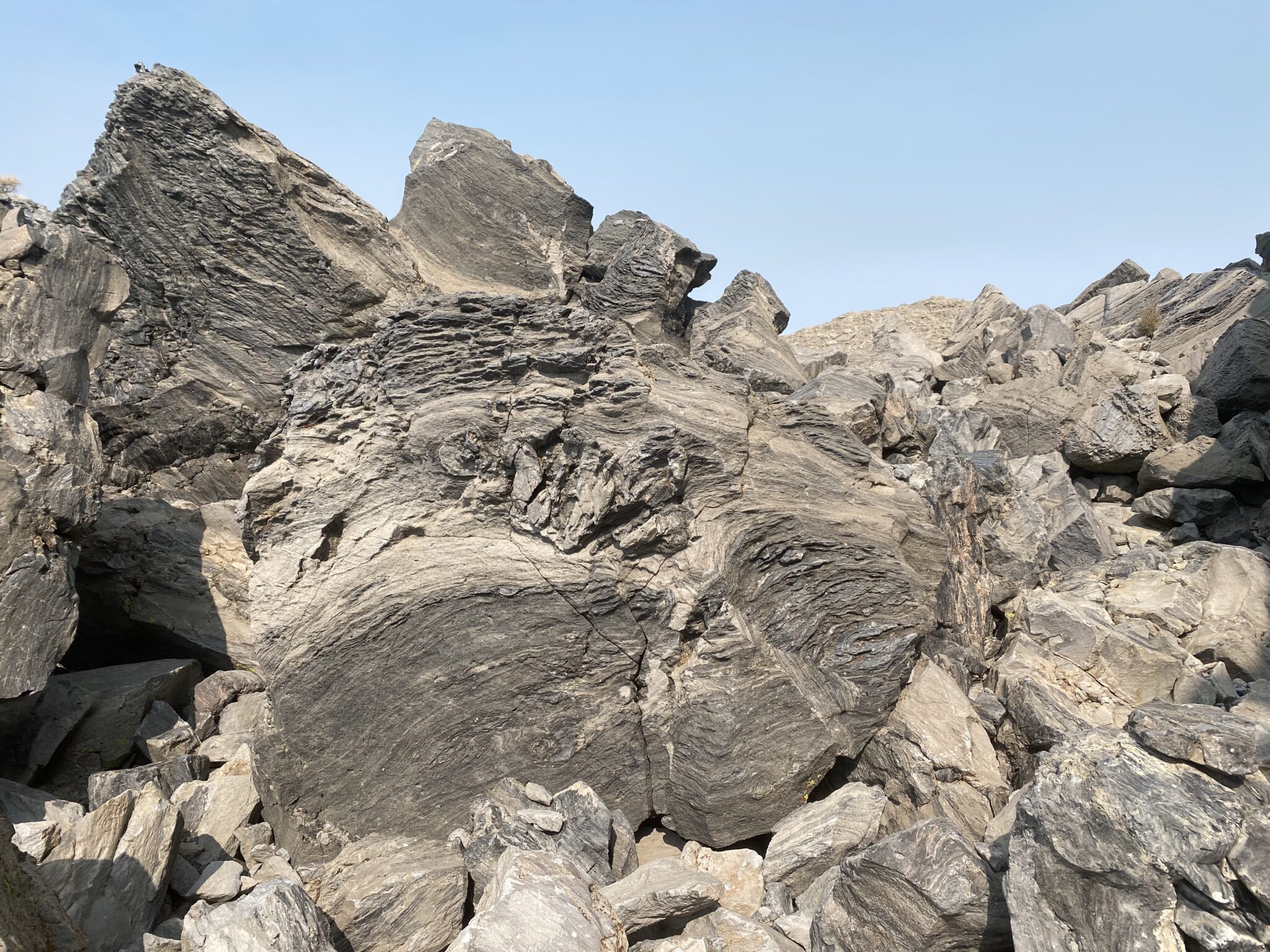
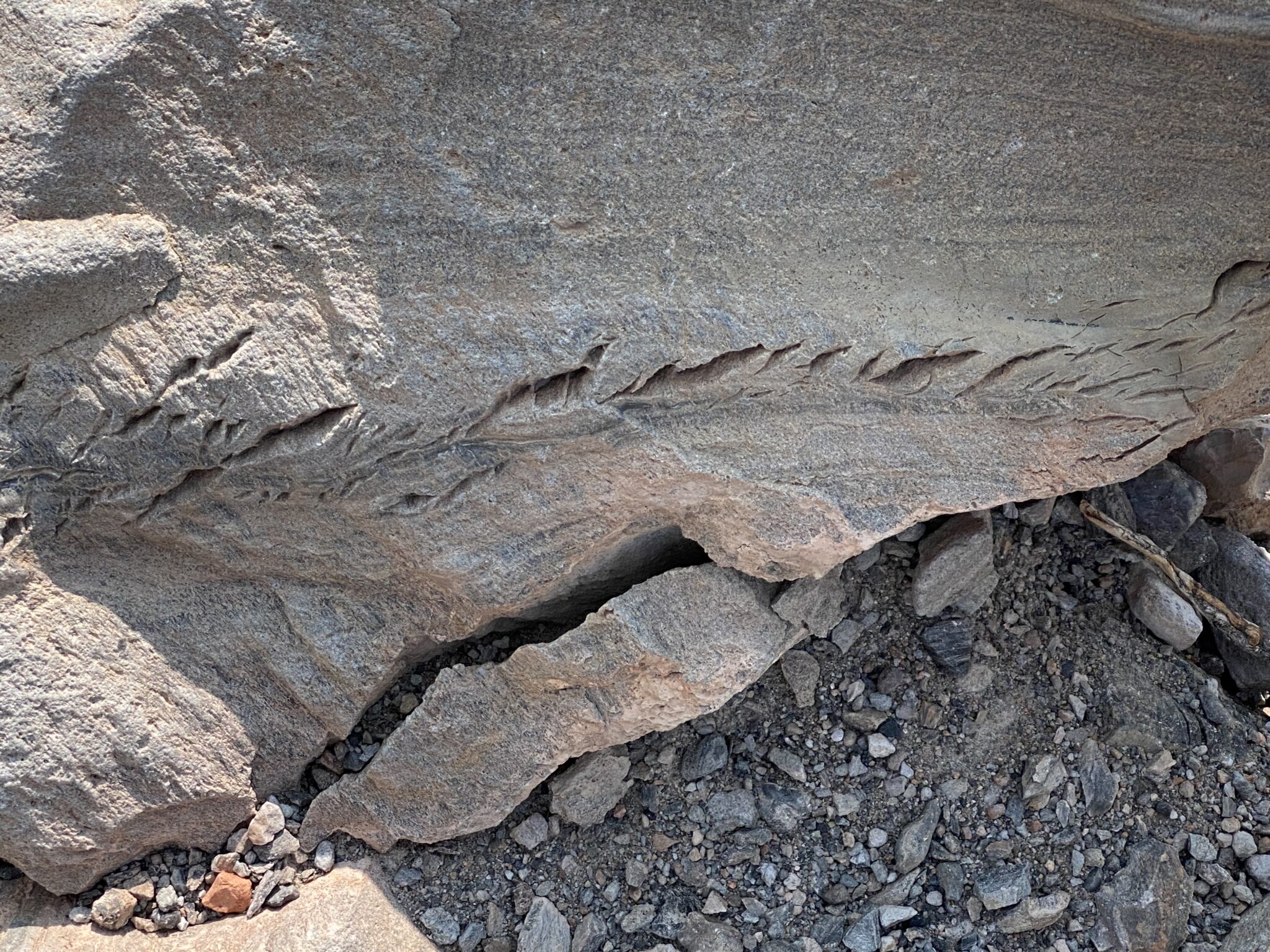
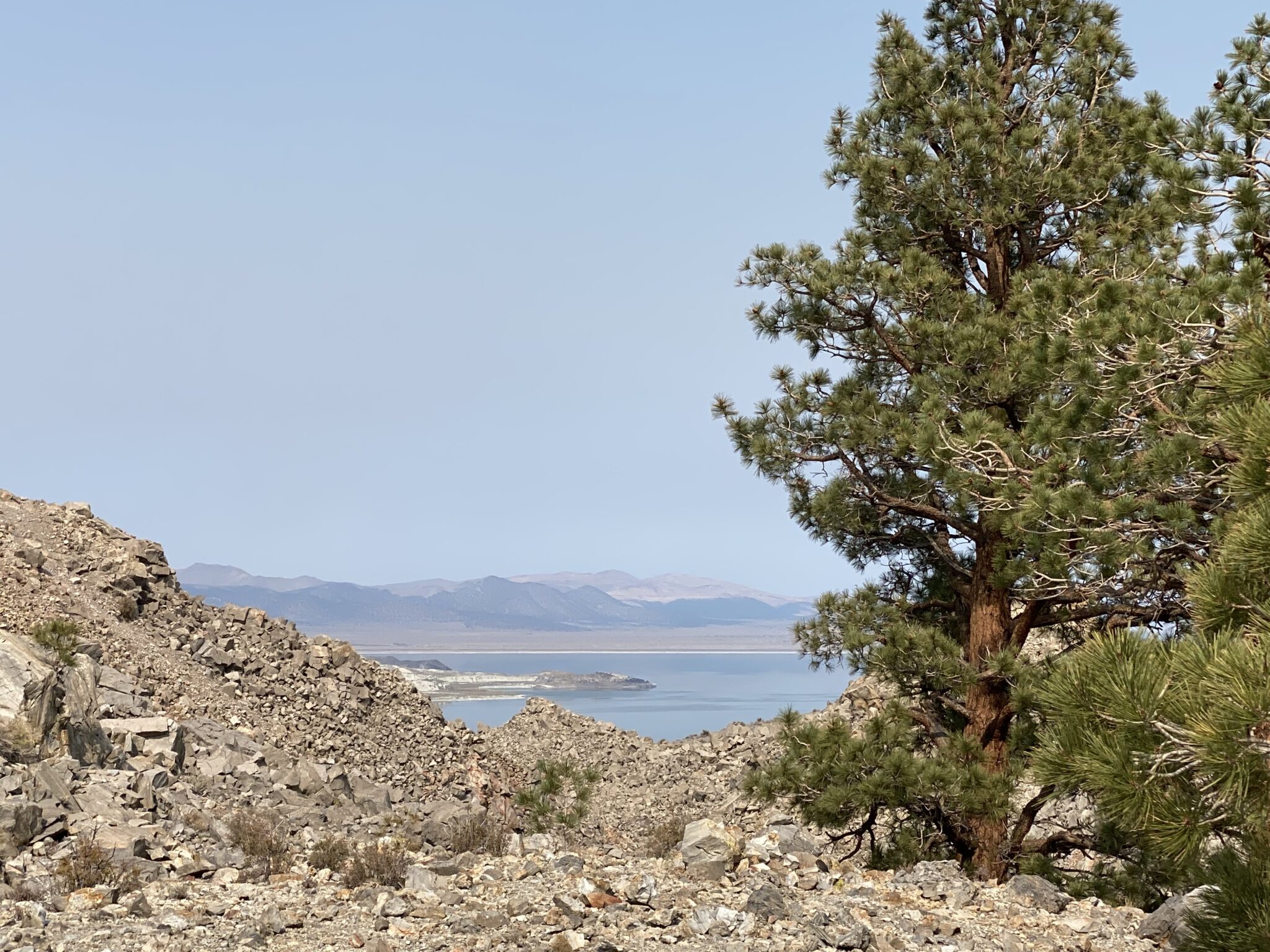
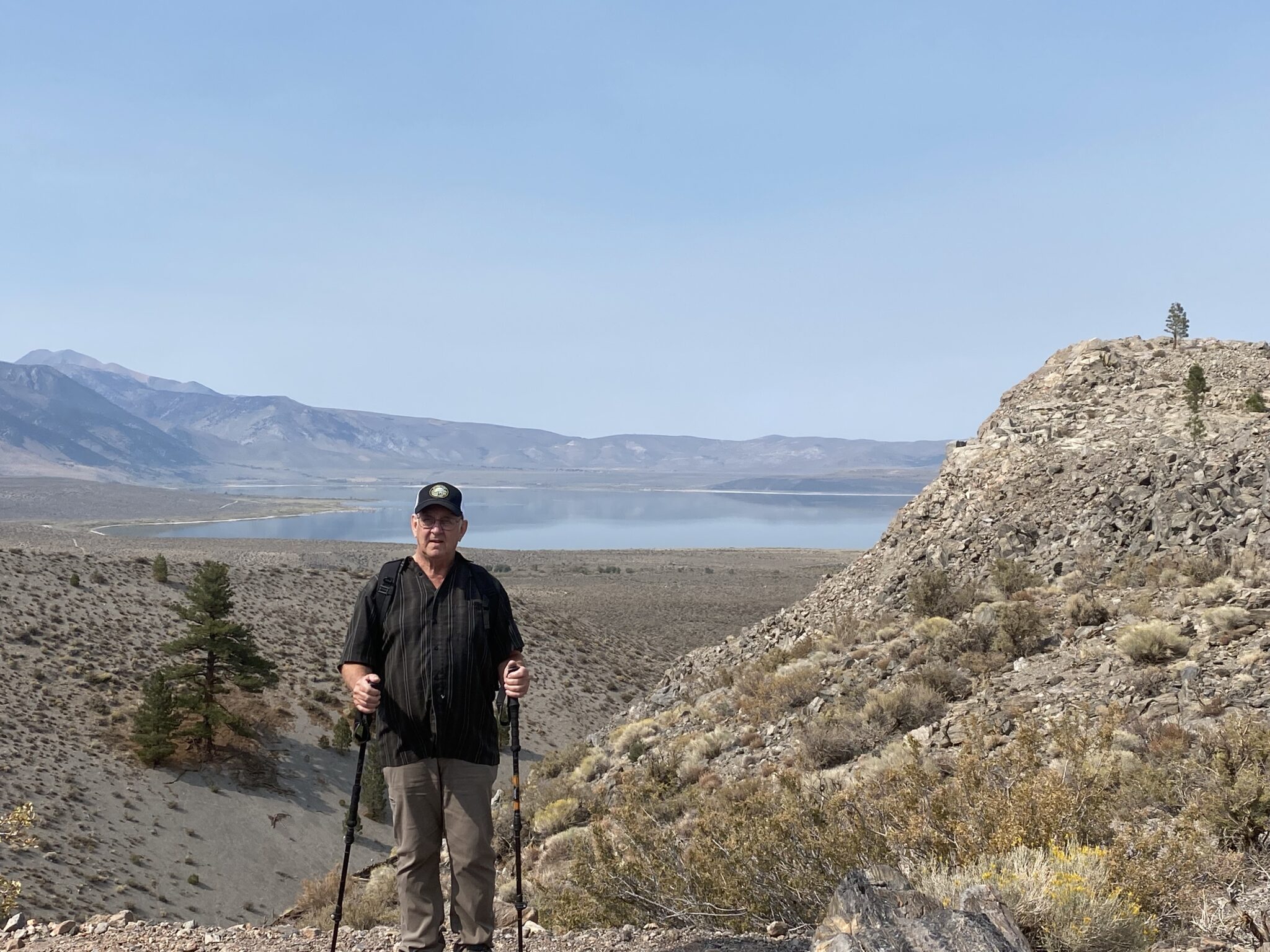
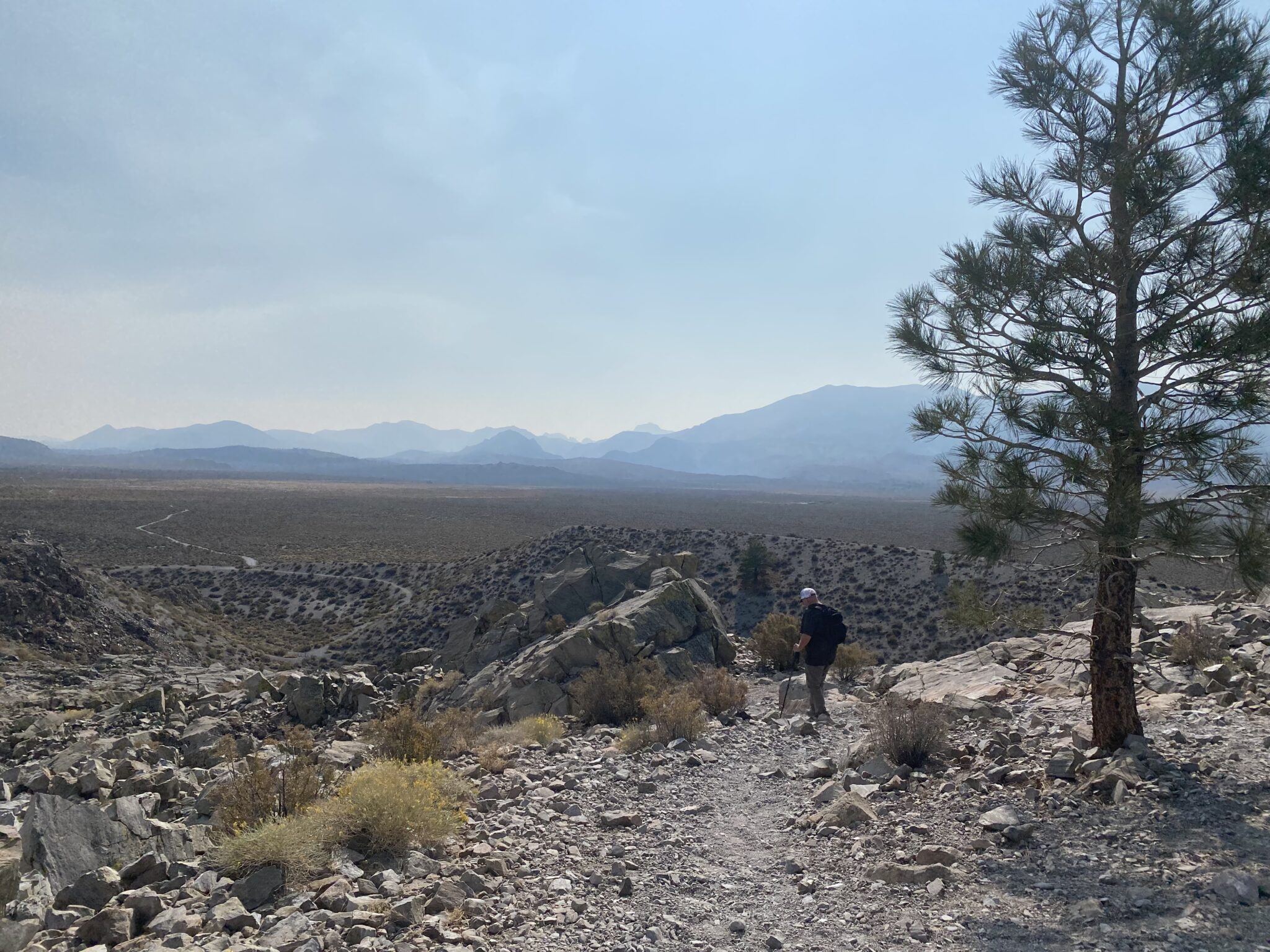

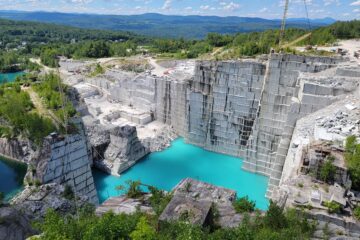
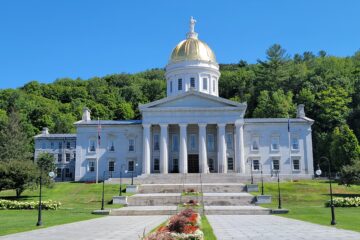
2 Comments
Susan · October 27, 2021 at 12:31 pm
Looks pretty barren up there
Alice Mcgregor · October 27, 2021 at 12:33 pm
I’ve learned so much geology from you guys!! Won’t retain any of it but still…